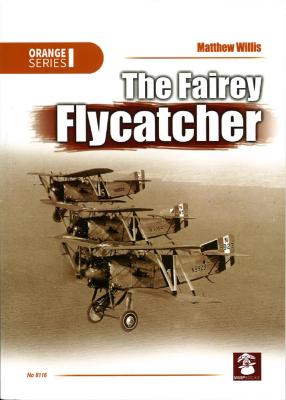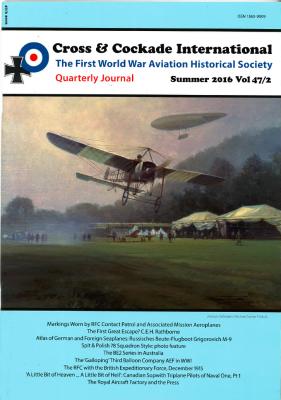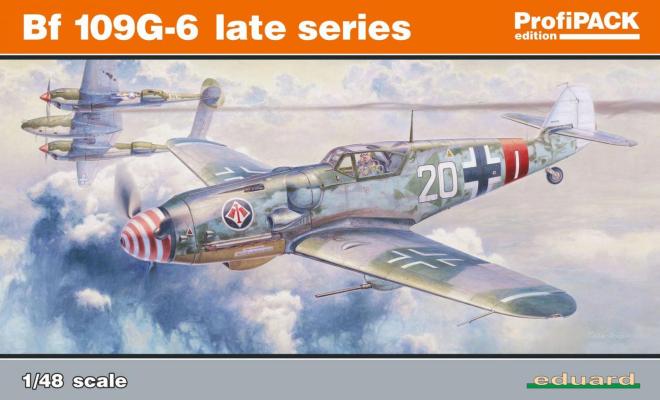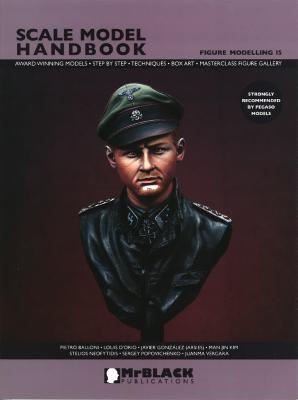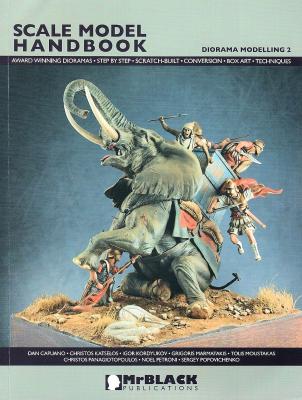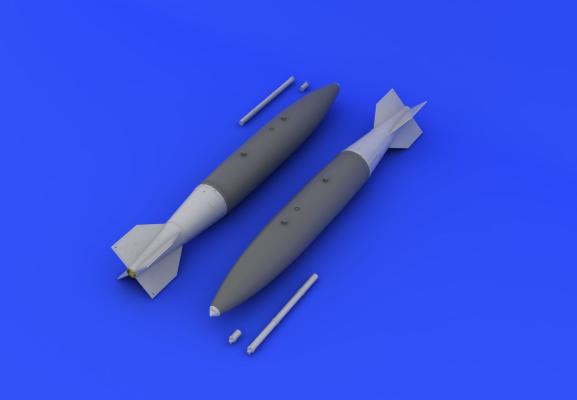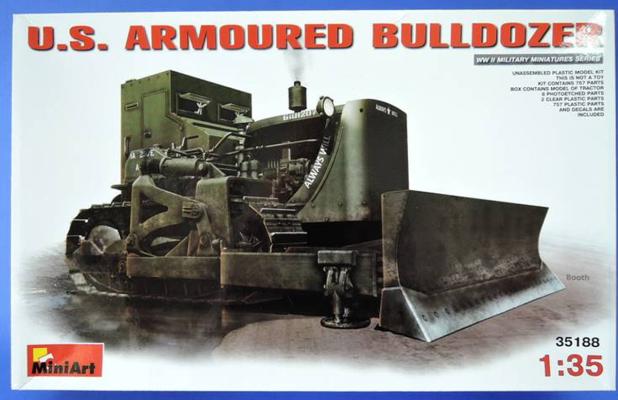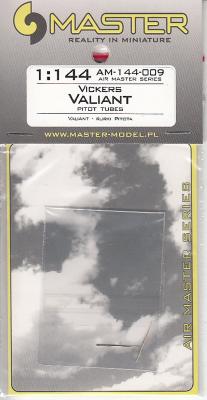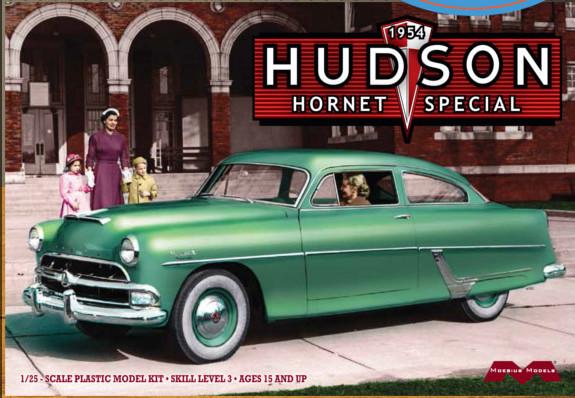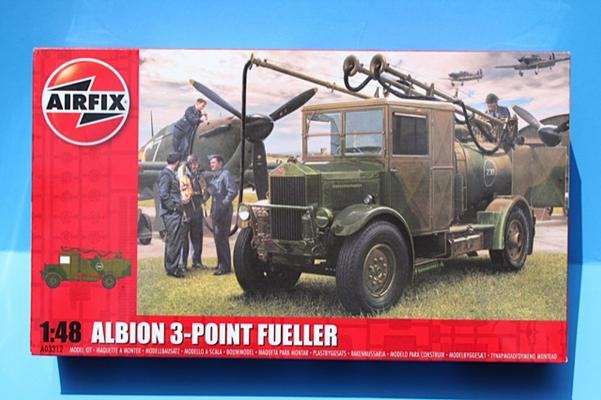Matthew Willis was born in the historic naval town of Harwich, Essex in 1976. Matthew studied Literature and History of Science at the University of Kent, where he wrote an MA thesis on Joseph Conrad and sailed for the University in national competitions. He subsequently worked as a journalist for Autosport and F1 Racing magazines, before switching to a career with the National Health Service, where he wrote everything from press releases to consultation papers. His first non-fiction book, a history of the Blackburn Skua WW2 naval dive bomber, was published in 2007. He currently lives in Southampton with his University lecturer wife Rosalind, and writes both fiction and non-fiction for a living. This is Matthew Willis fourth book, and third with Mushroom Model Publications. He has also authored many feature articles in aviation and scale modeling magazines
What's New
The latest journal of Cross & Cockade International - Summer 2016, features a painting of ‘Halton Defenders’ by Michael Turner on the cover. Just taking off is a RFC Bleriot with a farman F.20 in the background. The rear cover shows a two side profiles of Contact Patrol RE.8s (A4267 and C2271) by Juanita Franzi. If you check out the web site link above, you can get additional sample pics of the current issue when they upload them.
Cross & Cockade International is a non-profit UK based group known as the First World War Aviation Historical Society that publishes their journal four times a year. They also provide a free newsletter (sign up on their website) and occasionally publish WWI themed books like the Sopwith Dolphin monograph I reviewed earlier for IPMS USA. This Journal is the sister of the US Journal, Over The Front.
The Messerschmitt Bf-109 has to be the most iconic aircraft of all time. It evokes primal feelings in the hearts of modelers everywhere. How else can you explain the outcry when Eduard first released their Bf-109G-6? There were scale issues, some shape issues, and accuracy issues. Coming on the heels of Eduard’s Spitfires and MiG-21s, there was high expectations. Those expectations were dashed and all hope was lost. Until Eduard decided to take the high road and retool the entire model. Is this latest incarnation from Eduard everything that we have come to hope for? Let’s find out.
Mr Black Publications is a fairly new company that publishes several series of Hobby Modelling and History books and magazines. This Scale Model Handbook series covers figures, but other series are devoted to other areas; i.e. armor, aircraft, dioramas, etc. This book contains a unique collection of work that is aimed at all levels of modelers. This issue features seven well known artists who describe their techniques for sculpting and painting their figures or busts. The book itself comes in a nice clear re-sealable cover for protection. The 52 pages include the covers. The inside covers and the last two pages are devoted to figure advertisers. If you visit the product web site, you will find additional photos of the contents.
This book uses seven dioramas to illustrate several aspects of modeling dioramas and figures, such as scratch built, conversion, figure sculpture & painting, etc. They book covers several popular modeling scales such as 1/35, 1/32, and 1/24. The dioramas cover many historical periods including Roman Empire, the 17th Century, and World War II.
The book is 8-1/2 x 11 inches and printed on matte paper. There are over 450 photographs. Many are low contrast and printed against a dark background, making it hard to discern details. The color intensity is also fairly low so the colors do not pop out.
Contents
1. Elephant Down! Zama, 202 BC - 54mm (1/32)
Eduard has produced a 1/32 scale version of the Mk.84 2000 lb. general purpose bomb and it’s the largest common bomb used in the military. Looking through my kits, there isn’t a good representation of this weapon in this configuration (there are plenty of laser guided versions) so this is a welcome option for modelers.
Inside the package you will find parts to make two bombs. There are two front bomb halves and two rear fin sections. Also included are three different fuse options, a set of small photoetch rings for detailing the rear fin section of the bomb and a set of decals. Also included is a nice set of instructions in color. The decals come in either white markings or yellow. More on them later.
This is an extremely detailed, highly accurate, and well-engineered kit. It will take a lot of patience and only very experienced modelers should undertake this little beauty due to the large number of minute, sometimes microscopic parts. With 759 parts in a model that’s less than 6” long, the kit packs a lot of tiny parts in a dense model of the Cat D7. The fit of the parts is phenomenal. The many pipes and levers, layers of body parts, and even the articulated treads all came together nicely.
The kit is part of MiniArt's WW2 Military Miniature series. Previous versions of the kit include:
There are now (according to Hannants) three kits of the Vickers Valiant available in 1/144 scale. The oldest is the Welsh Models vac form kit, followed by the Anigrand. The newest is from Micro Mir.
This installation is on the Anigrand kit, because I don’t have a Micro Mir kit yet.
Installation
Installation instructions show 2 steps. I’ve expanded that to 4
- Cut off the plastic probe at the indicated spot. I then used a sanding stick to get a flat surface which I could drill.
- Drill a .25mm hole. Test fit a couple of times to be sure it’s deep enough. (NOTE the instructions call for .4mm. I think that’s a little too big.
- Use CA glue to hold the brass part.
- Paint the finished installation.
Then the other pitot tube, on the other wing. Follow the same 4 steps.
The Moebius website sums up this vehicle by noting,
The Special was a fastback version of the 1954 Hudson Hornet favored by stock class drag racers in the 1960's. Complete with the high performance 308 Hudson engine, this kit replicates this unusual car in 1/25 scale.
In its purely stock form this car was still a hallmark of speed and handling. By ’55 the innovation of Hudson would begin to yield to the corporate manufacturers sporting V-8 engines, but in 1954 the “Hornet” was still the one to beat!
History
By the outbreak of WWII over 400 Albion 3-Point Fuellers were in use with the RAF both in Europe and the Far and Middle East. Many went to France with the RAF in 1940, and suffered a similar fate to the vehicles of the British Army, being abandoned on the run back to Dunkirk.
Those that remained gave sterling service during the Battle of Britain, helping to quickly refuel fighters in between sorties, their three refueling hoses drastically cutting down the time needed.
Construction
The kit is produced by Airfix, a well-known maker of scale model kits. The kit arrives in a very colorful box with artwork of an Albion refueling a Hurricane. There are some test shot photos displayed on the side of the box showing detail of the cab and pump.

